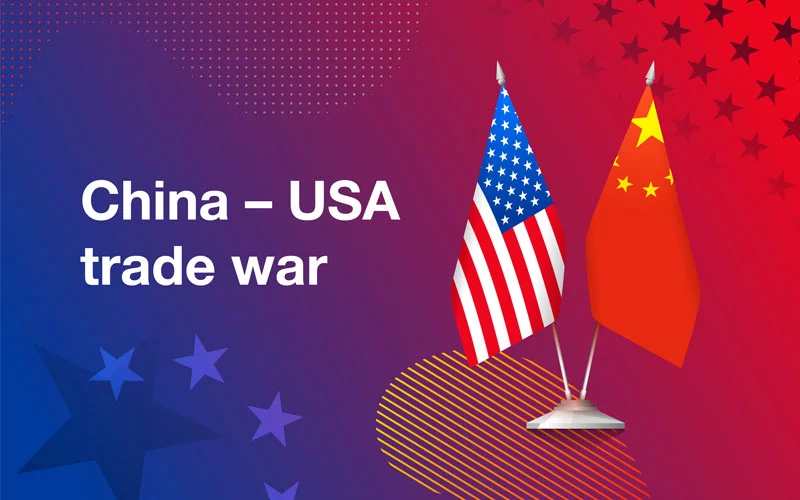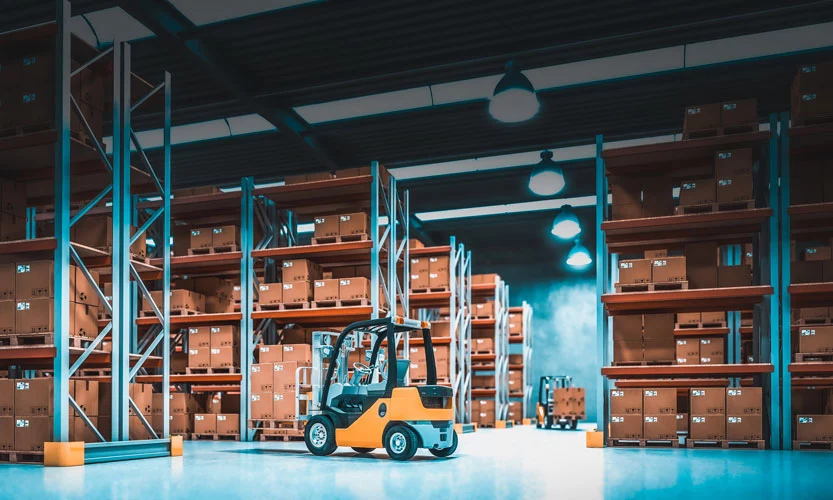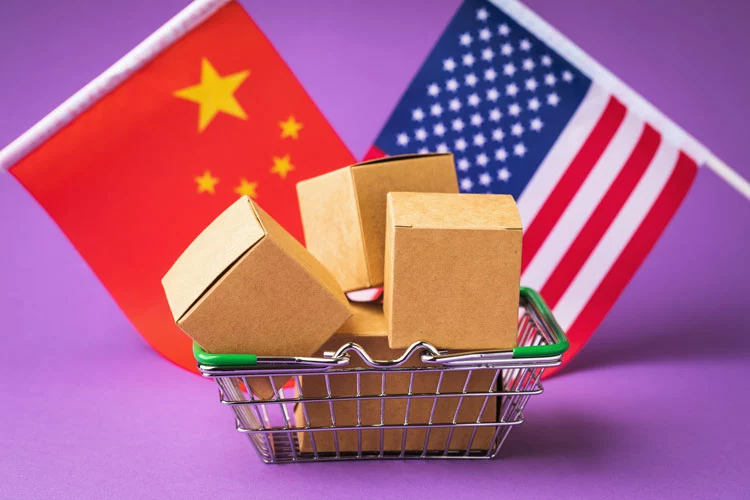Will manufacturing move out of China?
Companies are leaving China in droves. A Gartner survey of supply chain leaders showed that 33% have plans to move at least a portion of their manufacturing out of China and away from Chinese companies in favor of other countries by 2023.
The list of companies rethinking their subcontracting strategy includes everyone from Apple and Dell to the toymaker Hasbro.
The WTO

The World Trade Organization (WTO) is the only global international organization dealing with the rules of trade between nations. At its heart are the WTO agreements, negotiated and signed by the bulk of the world’s trading nations and ratified in their parliaments. The goal is to ensure that trade flows as smoothly, predictably, and freely as possible.
Chinese Manufacturing
When China joined the World Trade Organization (WTO) in 2001, it was a minor player on the global manufacturing stage. But after years of reforming its economy around being the world’s factory for global companies, its formal entrance to the WTO helped its production capacity soar.
In the years since it has become the low labor costs global stage. So why are American companies and multinational companies moving production out of China’s manufacturing hub?
Supply Chains
A supply chain disruption is a breakdown in the manufacturing flow of goods and their delivery to customers.
Supply Chains and the Pandemic
The pandemic has disrupted nearly every aspect of the global supply chain. From raw materials to manufacturing facilities, Chinese exports have been greatly affected by more than just the US/China trade war.
Scarcity
Scarcity, driven by the supply chain slow down has caused the prices of many things to go higher. The world’s electronics factory in places like China and those utilizing the South China Sea was hit hard by the spread of coronavirus cases in the same period.
Many factories were shut down by the Chinese government or were forced to reduce output at production facilities. In response, shipping companies cut their schedules in anticipation of a drop in the value chain for goods moving out of China and around the world.
Trade War

A trade war is when a nation imposes tariffs or quotas on imports and foreign countries retaliate with similar forms of trade protectionism. As it escalates, a trade war reduces international trade.
Why Trade Wars are started
A trade war starts when a nation attempts to protect its domestic industry and create jobs. Tariffs are can give a competitive advantage to domestic producers of a product by creating lower prices.
As a result, they would receive more orders from local customers. As their businesses grow, they would add jobs.
But in the long run, a trade war can cost jobs. It depresses economic growth for all countries involved. It also triggers inflation when tariffs increase the prices of imports.
How the Trade War has effected China
China’s manufacturing sector slowed for the sixth month in a row last October and experienced weaker consumer demand activity in the world’s second-largest economy.
The slump mirrored a drop in retail sales growth back to a near 16-year trough and the weakest growth in investment in new plant and machinery on record.
Analysts said uncertainty about a possible pact between Beijing and Washington over a “first stage” trade deal dampened business and consumer confidence.
China was hit by a slowdown in GDP growth to 6% in the third quarter, from 6.2% in the second quarter, its lowest level in 30 years. Analysts said the latest data pointed to a further slowdown in growth in the fourth quarter.
China’s steel output fell to a seven-month low in October, while the cement production contracted for the first time in more than a year.
Global Supply Chain Leaders
Global supply chains are networks that can span across multiple continents and countries for the purpose of sourcing and supplying goods and services, such as electronics manufacturing. Global supply chains involve the flow of information, processes, and resources across the globe.
Global vs Local Supply Chain
A global supply chain utilises low-cost country sourcing and refers to the procurement of products and services from countries with lower labor rates and reduced production costs than that of the home country.
A global supply chain will usually flow from your own organisation in your home country as a buyer across your supplier tiers; it is these suppliers who will be located in other areas of the globe.
“Home Grown” Suppliers

A local supply chain will look to optimize suppliers who are regional to your own organization, in some instances organizations will look to leverage “homegrown” supply routes, manufacturing imports so that all suppliers feeding into your supply chain will be located within the country in which your organization is based.
This way, the supply chain can be even closer in to your organization and may even be within the same state/city/district, which often gives clearer visibility of the whole supply chain from raw material through to the consumer.
However, there are both positives and negatives with global supply chains and the total landed cost or total cost of ownership should always be factored into the true costs.
What Are the Disadvantages of Globally Sourced Goods?
- Longer lead times – While the production time can be quite quick the lead time can often be much longer as the goods will require shipping which can add to the lad time, this means that forward planning can be a challenge.
- Reputational risks – Risk exposure to modern slavery, brand and financial risk exposure can all be increased.
- Fluctuations in Exchange rates – Global markets are more susceptible to regional influences that can impact trading markets.
- Challenges in communication – There needs to be careful consideration of terminology and the type of communication methods used to interface with a global supplier to ensure information is interpreted correctly.
- Increased risk exposure based on STEEPLED factors – As the supply chain spans over multiple countries there are increased risks of unrest in other countries having a direct impact on your supply chain activities.
- Loss of control – Due to the distance in the working relationship it can be difficult to manage communications and oversee technical aspects of the production process. Quality issues can also be complex to manage.
For the reasons outlined above, a significant number of companies are leaving China as their manufacturing base in favor of more local industries.
Manufacturing in Mexico
Location
Especially for U.S. companies, Mexico’s location offers huge advantages. It’s easy for managers at U.S. companies to visit facilities in Mexico on a regular basis—you could even get there and back in a day, unlike spending at least half a day just to get to China. Travel to Mexico doesn’t require as much advance planning.
Your Mexican facility will likely be in your time zone, or no more than three hours ahead or behind, so communication will be simpler as well.
Quality
Mexico is now known for having a diverse, highly-skilled workforce—many of whom are at least partly bilingual. Mexico’s labor force is also relatively young, while China’s is aging and declining due to its family planning policies.
When quality issues occur, it’s relatively easy to address them when production is in Mexico. Products can be returned to be repaired or replaced, and managers can visit the plant to fix the problem. Quality issues in China are more challenging to fix.
Labor Costs
For years, wages in China were much lower than Mexico. Now, Mexico’s manufacturing labor costs are 20% lower than in China. When adjusted for worker productivity, the gap is even wider. Mexico also offers steadier wages, so companies can more easily predict labor costs. Exchange rates between the dollar and the yuan and peso also contribute to this change.
Trade Agreements

Mexico has 12 multilateral trade agreements that provide preferential trade access to 44 countries, making it one of the most open countries in the world for international trade. USMCA in particular has helped transform Mexico’s economy into one driven by manufacturing and exporting.
While Mexico has a strong trade relationship with the U.S., as evidenced by the USMCA, The China-U.S. relationship suffers from battles over import duties and tariffs. Additionally, there is an ongoing geopolitical struggle between the U.S. and China that often impacts businesses operating in both countries.
Overhead & Transportation Costs
Overhead and transportation costs are much lower in Mexico than they are in China. When you manufacture in Mexico instead of China, you can expect to save approximately:
- 4% in energy costs
- 60% in natural gas costs
- 40% in lease rates
Intellectual Property
Mexico has a strong reputation for protecting intellectual property rights. By contrast, China frequently has problems with counterfeits, and courts are slow to enforce or recognize intellectual property rights.

BF&S Manufacturing
Founded in 1988, BF&S has decades of experience manufacturing in Mexico, with over 500 employees in the state of Sonora. Our warehousing and corporate offices are located in Douglas and we are incorporated in the state of Arizona.
The BF&S executive team was born and raised in the United States and runs our organization with U.S management standards and practices.
Learn more by continuing to explore our website.
